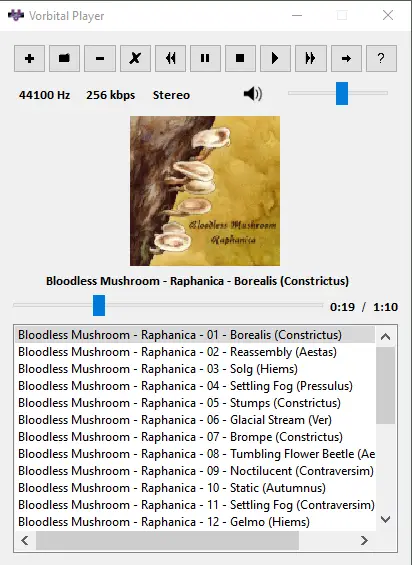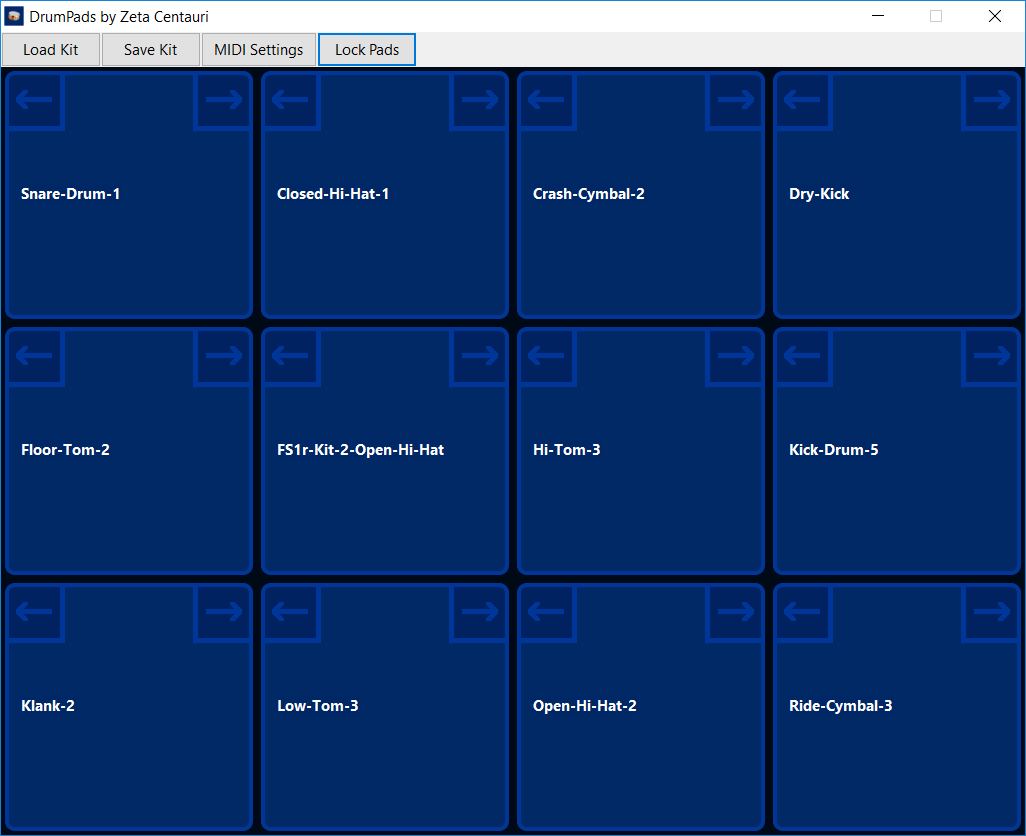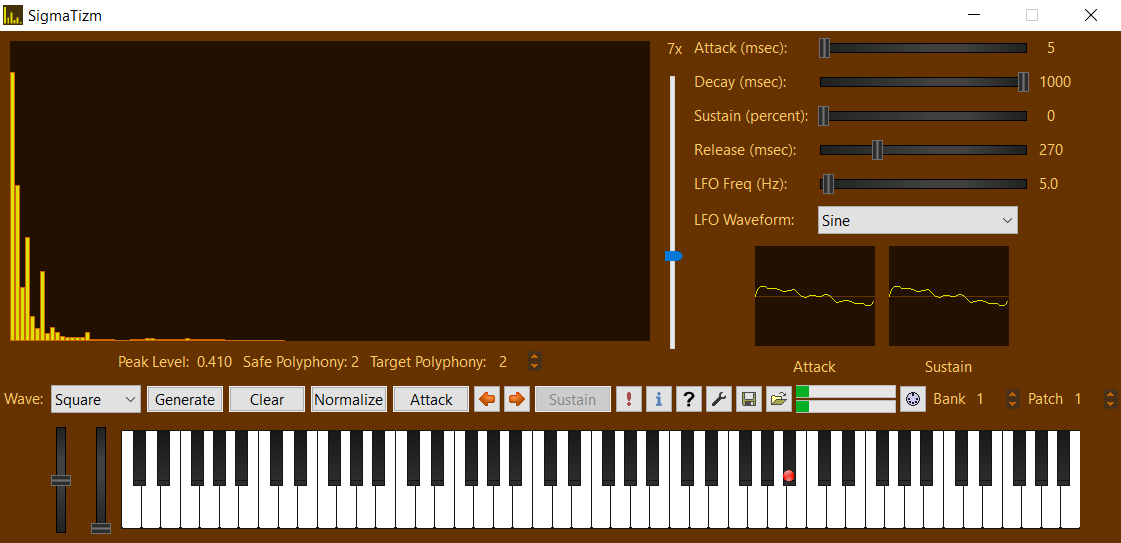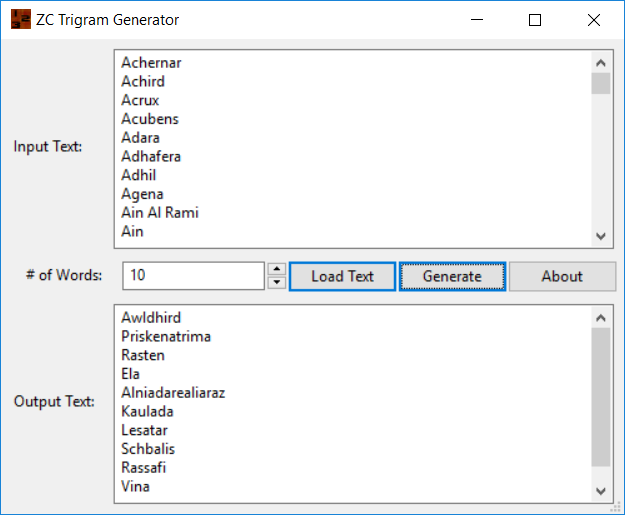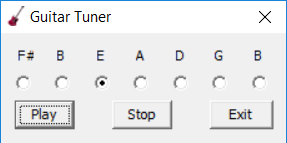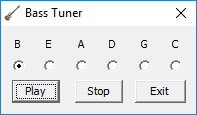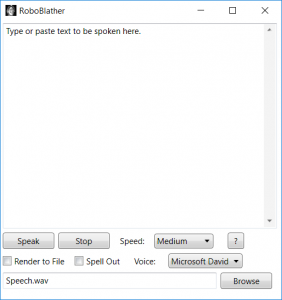There are a lot of reasons so few people develop for Windows anymore.
We’ll skip the obvious ones:
– There’s a whole lot more growth in mobile apps.
– Most of the apps that people could want or need on Windows have already been written.
– Many apps make more sense as websites, so every platform can access them.
For apps that make more sense on a desktop PC, such as audio/video production and 3D design, and all of the other sorts of things that are not optimal on a 5-inch screen or in a stateless system, there’s a much more painful reason:
MICROSOFT’S DEVELOPER ECOSYSTEM IS HORRIBLE.
For example, the answer to this question:
What framework should I build my app with?
It is almost impossible to answer, and the official answer changes every year or two.
Win32?
WPF?
WinForms?
.NET MAUI?
WinUI?
Xamarin?
WinRT?
MFC?
Qt?
wxWidgets?
Silverlight?
Universal Windows Platform (UWP)?
Windows App SDK?
Progressive Web App (PWA)?
MSIX, MSI, or EXE installer?
Are any of these things different names for the same thing? (yes)
Good luck. Microsoft has come out with many new technologies that were “almost finished”, and each one has had some glaring omissions and dropped some important technologies or features that will probably never be finished before the system is replaced with something else. I know this pain all too well since I’ve worked with text-to-speech and audio applications extensively.
And, of course, when one system supersedes another, they don’t put a disclaimer on the docs saying “you should use this new thing instead” and provide a migration guide, and many of the docs don’t even have a date so you at least have some idea whether it’s current.
In some of the latest nonsense: In the Windows Store, you can submit an app with an MSIX installer or an MSI/EXE installer. You can set an app with an MSI/EXE installer as paid, but you CANNOT ACTUALLY CHARGE MONEY FOR IT. I don’t know who designed a system like that, but they were probably drunk at the time. Of course, I didn’t learn this until after I went through the entire process of getting an app approved for the store.
Another aborted effort was enabling ad-based monetization of free apps distributed via the Windows store.
Why is it that every mobile operating system (even the ones with only a handful of users) has managed to get this right, and Microsoft just can’t figure out how to build a system that people actually want to build a business around?
I like building desktop apps, but Microsoft has done everything they possibly can to make it a nightmare to support Windows. Nowadays you can probably only make money writing Windows apps if you’re writing malware.
